The Global Head of the UBS Art Collection on Her Definitive Guide to Art Collecting
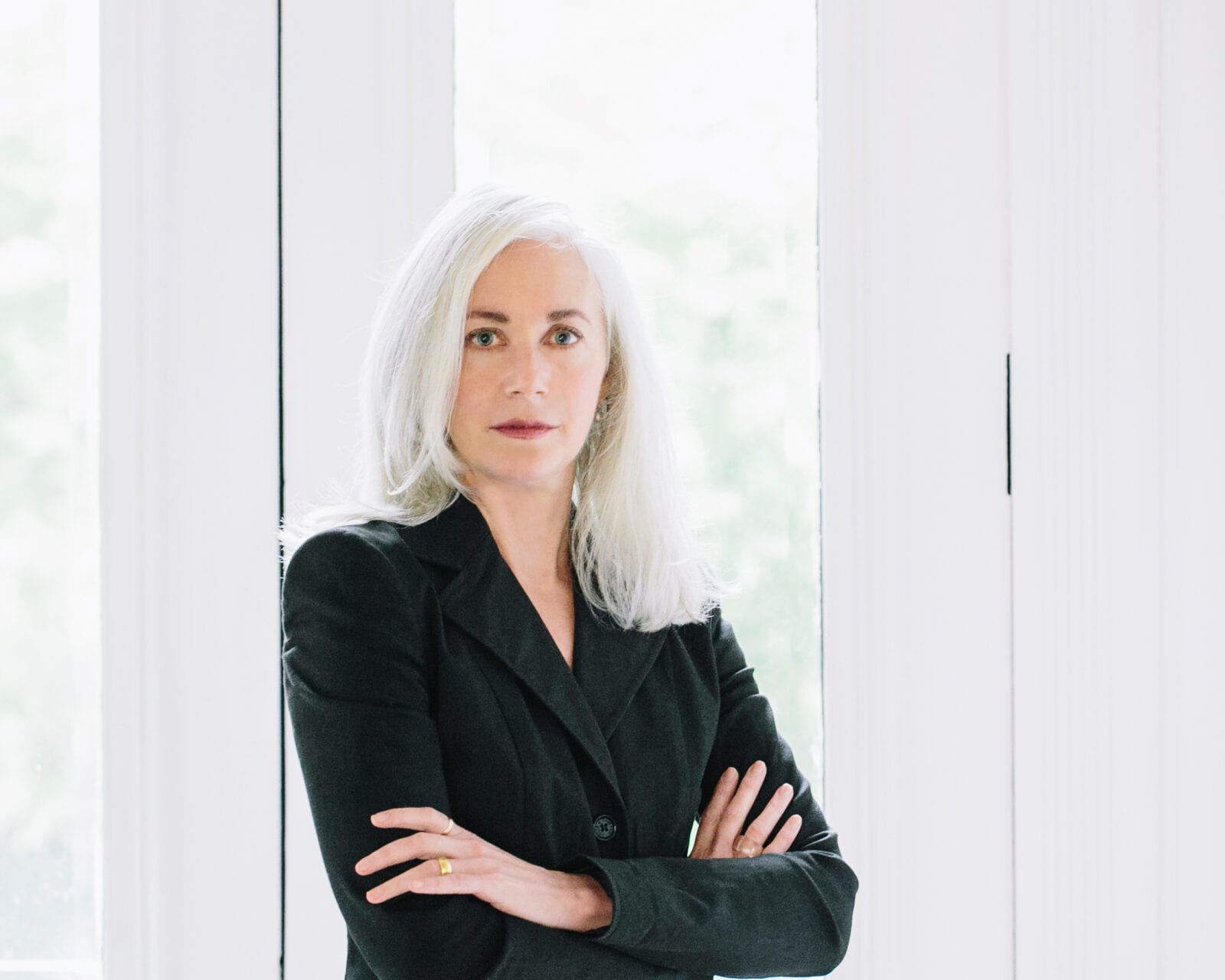
Mary Rozell’s must-read guide to managing your own art collection, straight from the UBS headquarters.
Meet the power woman behind the UBS Art Collection, Mary Rozell, the Global Head who currently oversees the Swiss bank’s extraordinary 30,000 piece art trove. With her second edition of The Art Collector’s Handbook, Rozell tracks the latest developments on the art market and offers new and experienced collectors alike an overview on how to best navigate their art collection—from acquisition, inventory management, taxation, insurance, security, storage, to art financing, investing, and conservation of collections.
As the grand dame behind one of the biggest, most important corporate collections worldwide, Rozell’s mission for the UBS Art Collection is to acquire and maintain works of art, buying on the primary market to directly support artists and galleries. Artworks from 1960 to today are on display in UBS offices globally and in the UBS Art Gallery in New York, actively lending works to major art museums and cultural institutions for public exhibitions.
Overseeing it all for the past five years, Rozell is also an art lawyer, art historian and adviser to collectors, artists and estates. Drawing on such extensive experience, Rozell has updated her handy collectors’ handbook to reflect on the numerous changes on the art market during the last decade. On the occasion, we caught up with Rozell to discuss art collecting, and why this book is essential for anyone interested in acquiring and owning art, including what’s new in the collecting world, buying art online, and working with critically acclaimed artists.
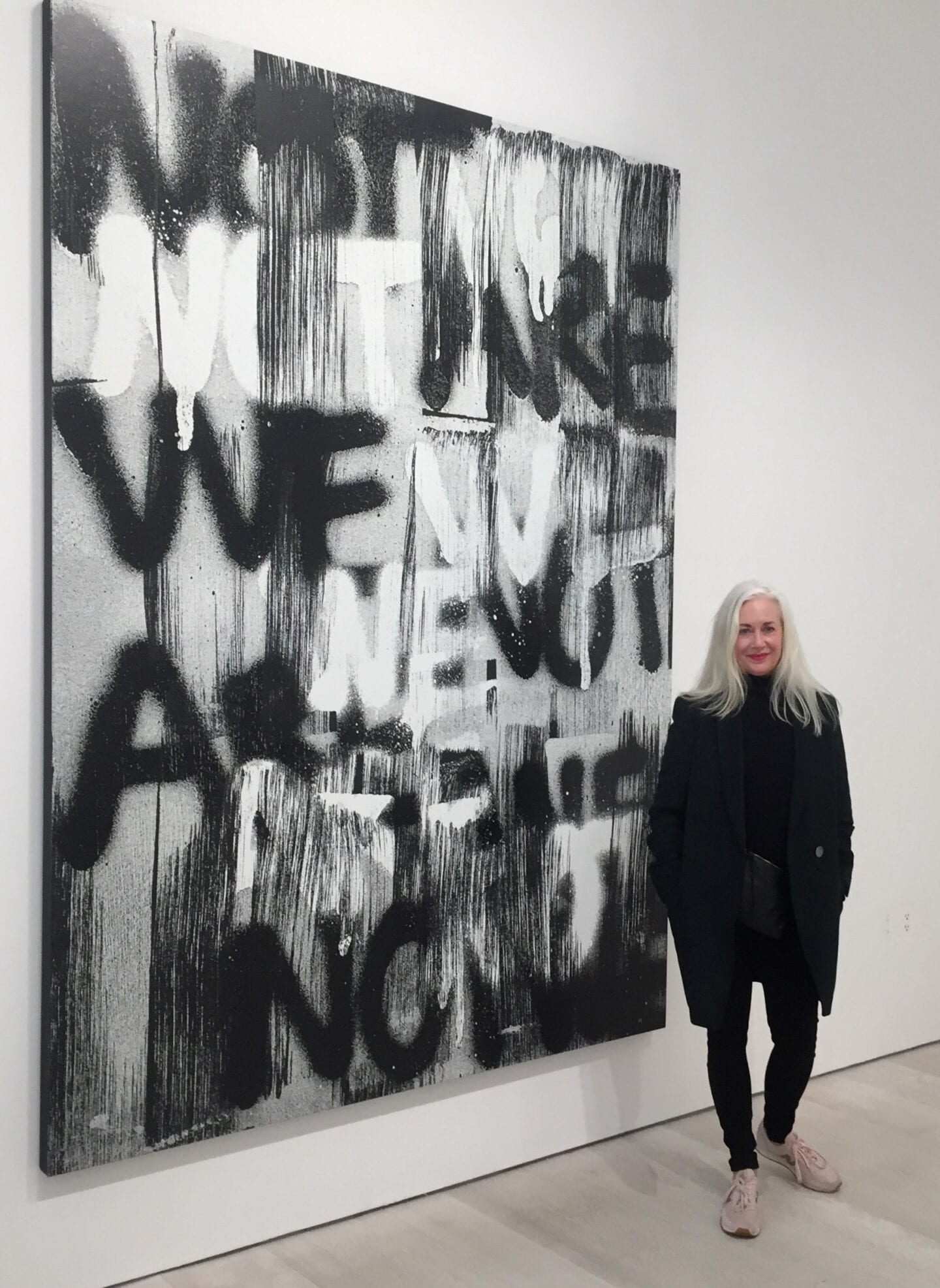
What was your first job in the art world?
My first job was as a young attorney working in the boutique art law firm of the legendary Ira Lowe in Washington, D.C. Ira had started out with a general practice working largely in the civil rights arena (my first assignment was to pick up Allen Ginsberg at the airport), but after he won a landmark US Supreme Court tax case for the estate of David Smith, he mostly represented artists. Our clients included the members of the Washington Color School, Louise Bourgeois, and photographers such as Harry Callahan, Arnold Newman, and William Klein. It was a very bohemian operation run out of his sprawling Georgetown apartment. Ira picked me up on a motorcycle on my first day of work.
What would you say is the biggest change in the art market you’ve noticed in the past few years?
One could say that the biggest change is the speed of change. Even before the Covid-19 crisis and resulting shifts, these last five years have been marked by astonishing changes across the board. Art businesses as well as existing models of practice have come and gone or been reinvented. Lines have blurred between auction houses and galleries, and power has been further consolidated among a handful of top galleries. Laws and tax codes have changed. The effects of global warming and political instability due to trade wars and Brexit are also having an impact on the art trade. At the same time, the EU’s Anti-Money Laundering Fifth Directive, which now includes the art business, the move to online art fairs, and millennial expectations have begun push the art market towards greater transparency. Furthermore, technological advances have shaken things up as never before, virtual reality and A.I. are entering the mainstream, and a new generation of art buyers are looking to blockchain and fractional ownership in the quest for transactional certainty and new forms of ownership.
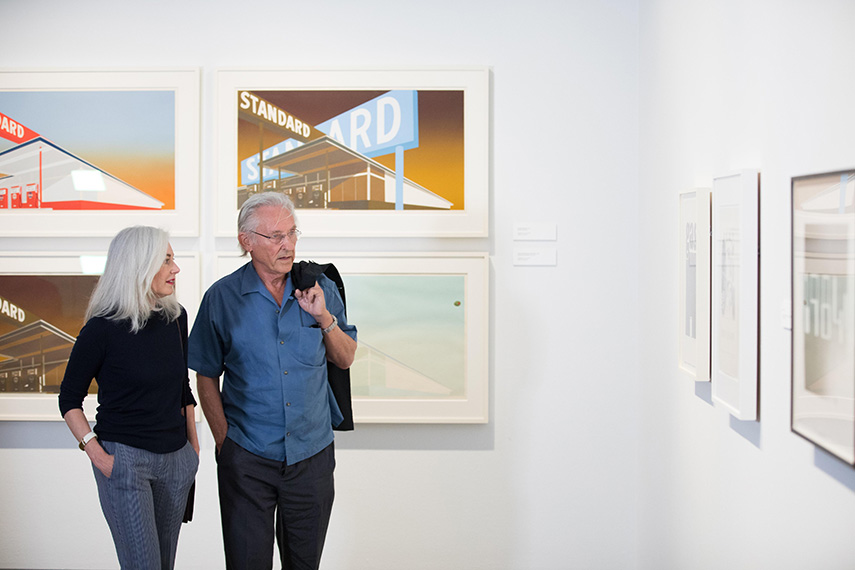
Can you talk about your book, The Art Collector’s Handbook? Why did you decide to write it?
I wrote the first edition of the book, published in 2014, out of necessity: there was no comprehensive resource on acquiring and owning art. Over the years, I had gained a tremendous amount of knowledge from collectors and various experts in the industry – conservators, insurers, shippers, tax experts, etc. – and I felt that this information should be compiled and shared. The book aims to offer guidance for new collectors along with consideration of more complex subjects for seasoned collectors. The content should also serve as a resource for professionals in the field as well as for students. Something like this would have helped me when I started working with art collections twenty years ago.
What is a typical day as the Global Head of UBS Art Collection?
In terms of routine, mornings tend to be quite hectic as I am catching up with three other global time zones, and usually have back-to-back calls. Pre-Covid, I would go into the office early afternoon and meet with my New York team and have meetings with clients and colleagues. Towards the end of the day when the office quieted down, I would start on email correspondence and projects. Each day is a mix of various topics such as acquisition discussions, contract reviews, project management, communications planning, administration, conservation approvals, etc. There are always new issues, many of them challenging.
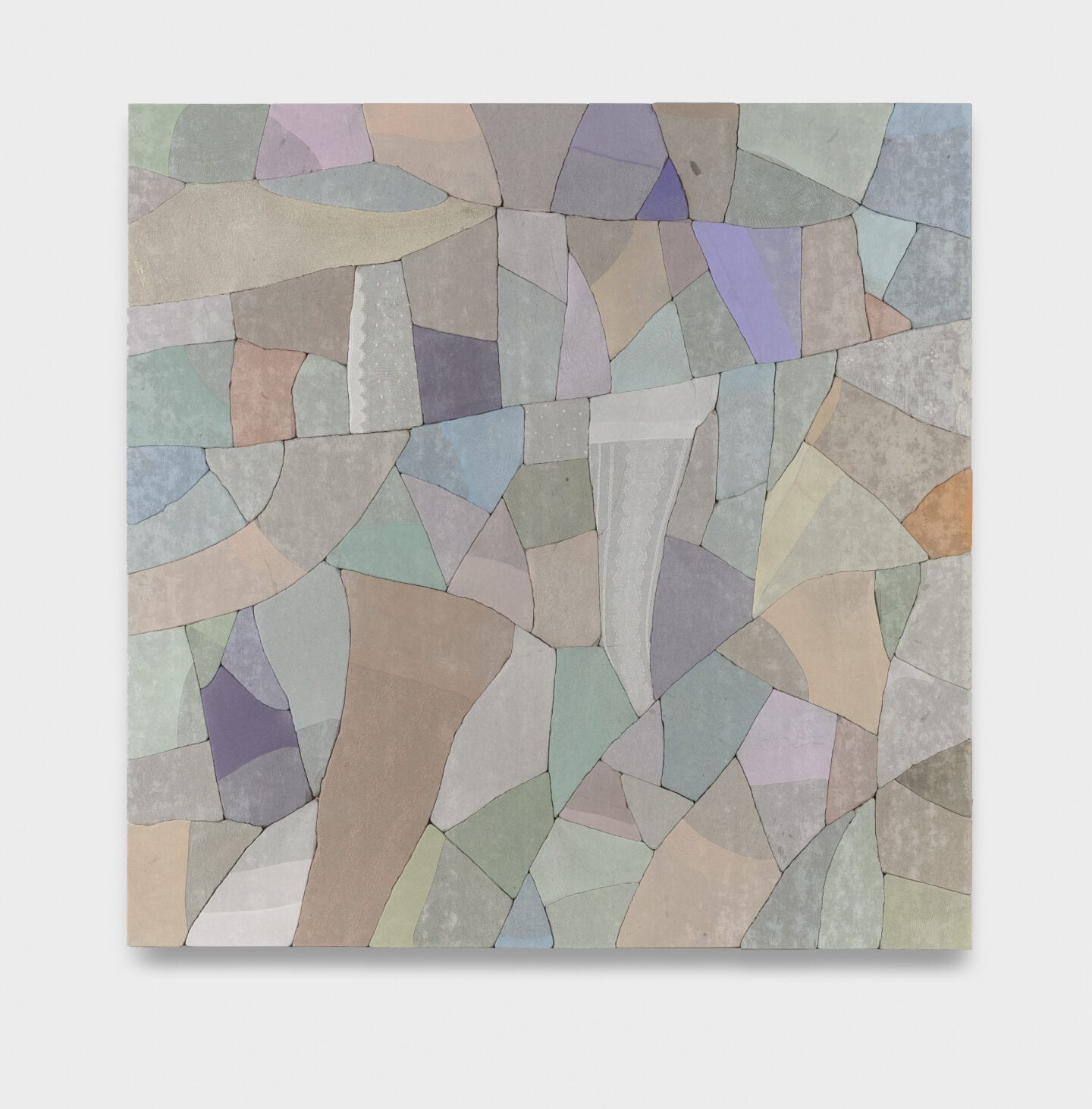
What was your favorite acquisition for the UBS Art Collection?
That’s impossible to say. Sometimes it’s a matter of unexpectedly discovering a compositionally perfect gem by a fantastic artist and at a very good price. Other times it might be scoring a coveted piece where there is intense competition. It is especially satisfying when patience pays off and we finally can acquire a great work by an artist we’ve wanted to add to the Collection for a long time.
What is the difference between companies having art collections compared to individuals? Do you think that company-owned art collections operate differently?
Great private collections and corporate collections are alike in that you are trying to get the best work at the best prices. They both require a lot of research, a lot of looking, and a keen awareness of the market. There are significant differences, however. By definition, corporate collections are not personal, though they are very often shaped by individuals and can reflect their tastes and preferences.
Corporate collections tend to serve various purposes including fulfilling real estate needs and reflecting a brand. They are also more restricted in terms of materiality, message, and spending. Art in the workplace cannot be fragile and it cannot offend – e.g., not be too violent, sexual or political. (This does not mean, however, that it should not be thought-provoking. A great corporate collection will also push boundaries.) Budgets are usually more controlled, with Board approvals needed for big-ticket items. This can inhibit bold moves typical of passionate private collectors who might exceed their limits for that rare opportunity; that can be both a benefit and a curse.
What are your prerequisites when you are considering acquiring art? How do you determine what your next buy will be – based on who is representing the artist or the artist’s auction history…etc.?
We are following a number of artists at any given time. New discoveries and notable shows are shared on a regular basis. Our acquisitions are based on opportunity: the right artist whose work will enhance the existing collection; the right piece that represents the artist’s body of work at the right price. We only buy works on the primary market.
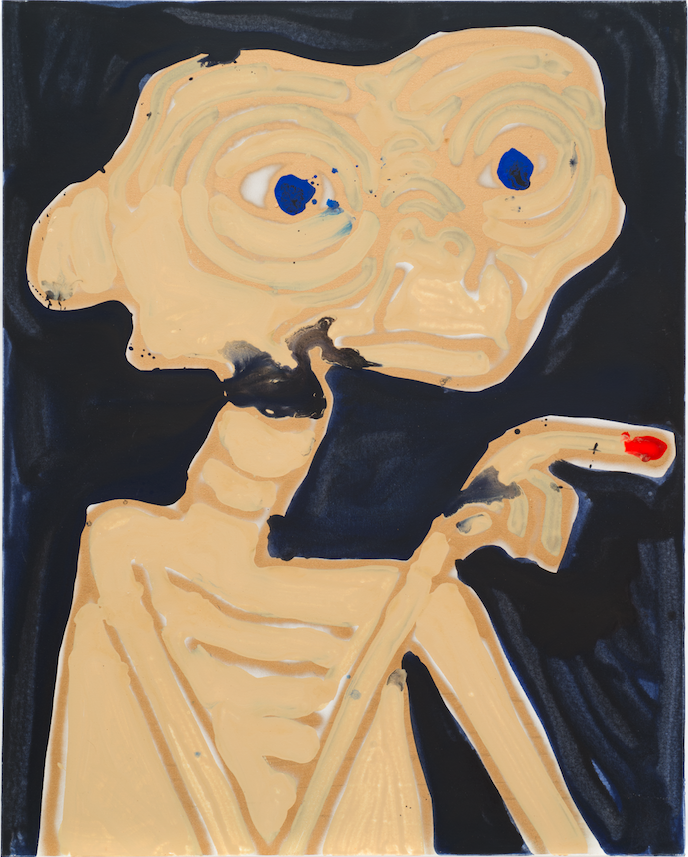
Who are some artists we might find in your personal collection?
My personal collection reflects my personal history and passions. It started with gifts from a number of artist friends whom I had helped with legal contracts or catalogue texts when we were all just starting out. I have an M.A. in German Expressionism and am fortunate to have works by E.L Kirchner, Max Pechstein, George Grosz, and Renée Sintenis. My deep interest in 20th c. Germany history is also reflected in works by Bernd and Hilla Becher and Thomas Struth. I also own works by a number of artists whom I have worked with and admire including Louise Bourgeois, Ed Ruscha, Sarah Morris, and Shinique Smith.
How would you describe the relationship and competition between galleries and auction houses now versus what they were like about 20 years ago?
The lines between auction houses and galleries have now blurred in a way that once would have been unimaginable. Top auction house rainmakers go to work in galleries and vice versa; this was unheard of in the past. Auction houses now have robust private sales departments which put pressure on the galleries. At the same time, galleries have greatly expanded their reach through participation in global art fairs. We have also recently seen galleries working together to compete against auctions houses with the alliance of Gagosian, Pace, and Acquavella who won the Don Marron estate and thereafter formed a joint company, AGP.
Do you have a favorite medium of art that you like to collect?
Not really. I like everything. But prints and photographs are primarily what I can afford. I especially love the immediacy of drawings.
What is the biggest challenge that has come from an increase in digital technology in art?
The biggest challenge will most likely be conservation issues down the road as existing technologies quickly become obsolete.
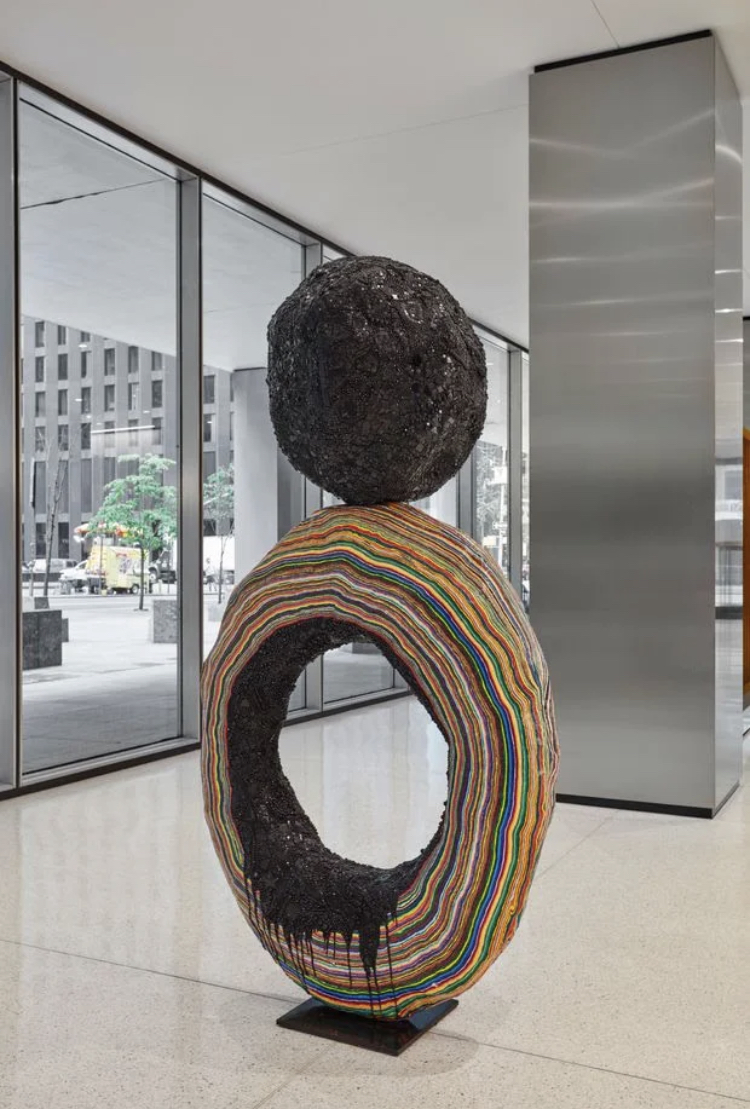
What influenced you to build the art business Master’s Program at Sotheby’s Institute? How did you decide what was the most important information for students to learn when wanting to enter the art industry?
I had a clear vision when I set out to build the Art Business program at Sotheby’s Institute of Art: create the program I had dreamed of having – namely, one that includes Art History, a full year of Art Law, courses on the Art Market, and electives in specialized subjects such as collecting or appraisals. We also fostered an entrepreneurial approach, encouraging students to create their own novel art businesses and not be stuck in traditional thinking.
The program has always been about hands-on learning which means interaction with practicing experts in the field and travel experiences that can bring the classroom to life. My own education – valuable as it was – offered very little of that sort. When I started out, though I knew that I did not want to be lawyer per se, law school plus another round of graduate school seemed to the only route available to acquire the knowledge I needed.
Do you feel as though art collecting has become more normalized with the younger generation, and no longer revolves around the hot-shot collectors? Or do the top collectors still largely run the art market because of their purchasing power?
Thanks to the proliferation of art fairs and online opportunities, there is no question that the art market has become greatly democratized over the last twenty years. There are more collectors than ever before, and this spans all age groups. Top collectors certainly control the high end of the market, but the art market consists of hundreds of separate markets, each driven by a different collecting demographic.
What advice would you give to young women and men that are interested in starting an art collection on a budget?
There is truly something for everyone at every price point. Visit galleries, fairs, and museums. Follow artists online. Take advantage of the countless content offered across platforms. Consider what personally speaks to you and think about why. Learn from others but don’t let others define your collection.
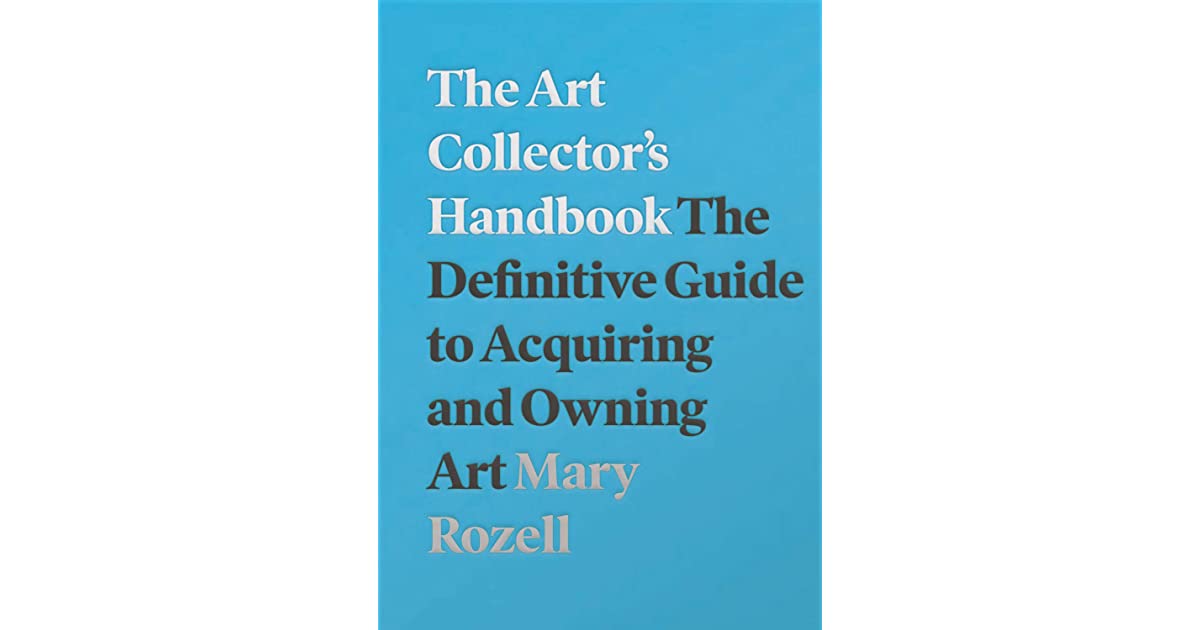
Do you believe that art collectors dictate the success of artists based on what they buy, or do galleries, auction houses, and other institutions have a larger role in establishing what art is considered ‘good’?
There is no simple answer here. First, how do we define “success” – is it critical, commercial or does it just mean being able to make a living form the art that you create – which is a great achievement in itself? Market success does not necessarily mean critical success and vice versa; dealers, collectors, museums, critics, fashion and other factors can all play a role in determining what art is recognized. That being said, we have seen relative shifts in power with collectors probably playing a bigger role now and critics not as all-powerful as they once were.
Tell us a bit about the UBS report’s data on women collectors and how they are predicted to dominate the future of the global economy.
Female billionaires are currently growing faster in number than their male counterparts and it will be interesting to see what this “Athena factor” might have on the art market in the coming years. Our recent surveys of high-net-worth collectors also indicate that female collectors are spending more on their collections and have larger collections than their male peers, particularly in markets such as Switzerland.



